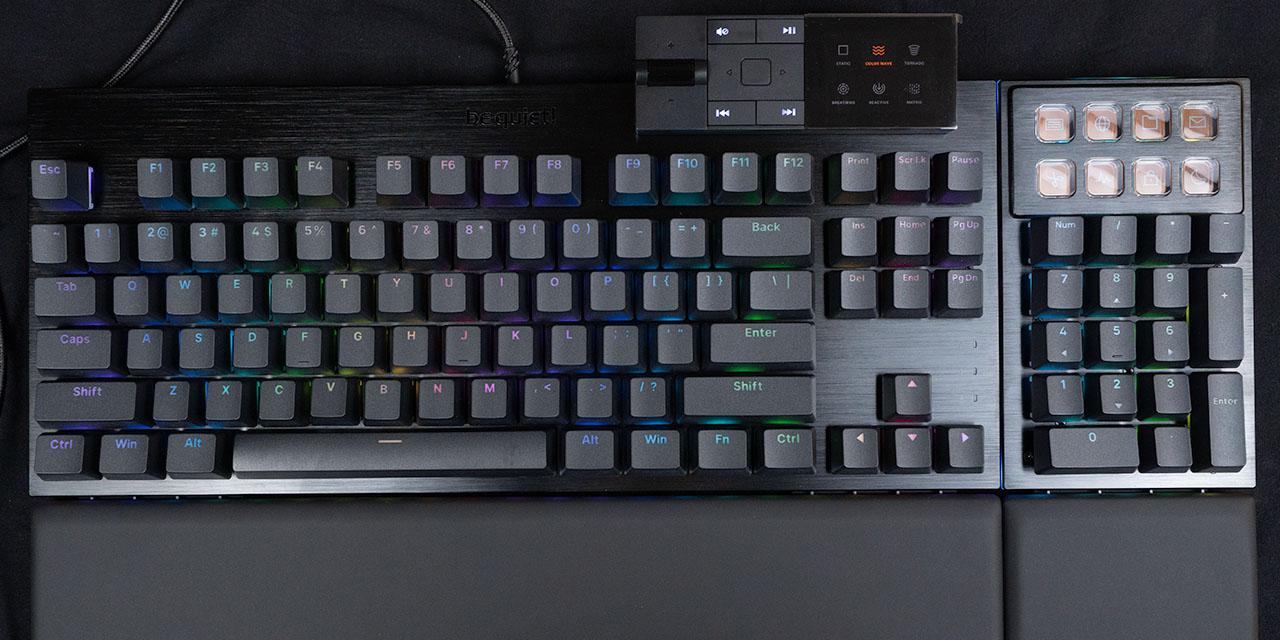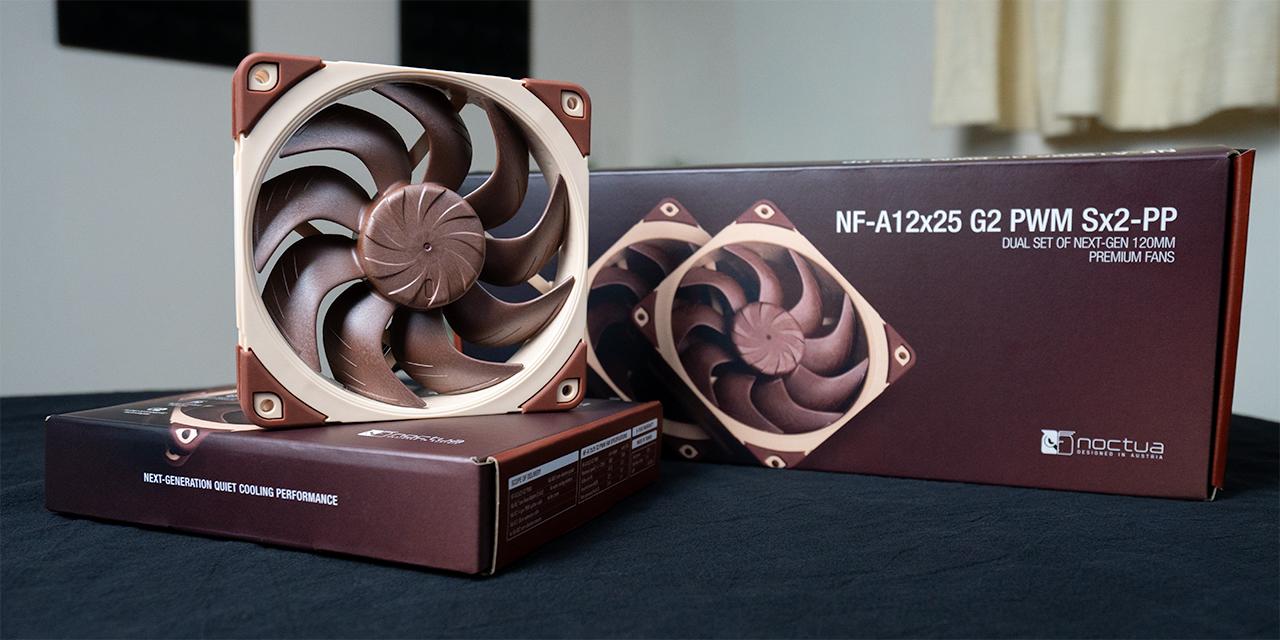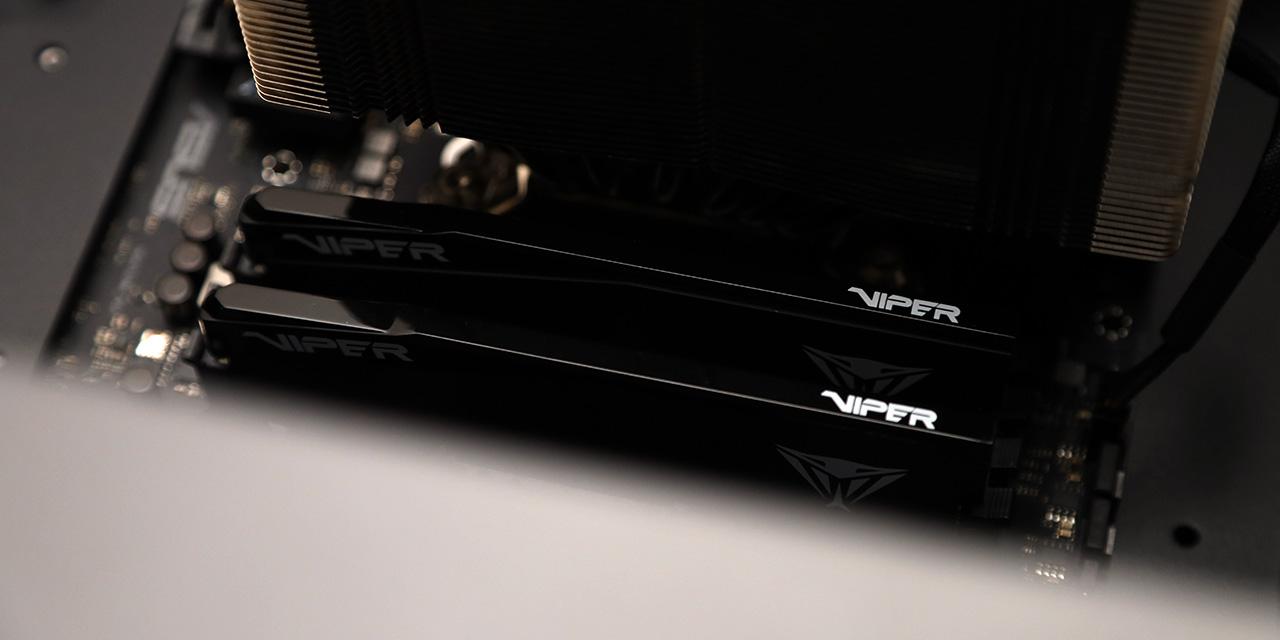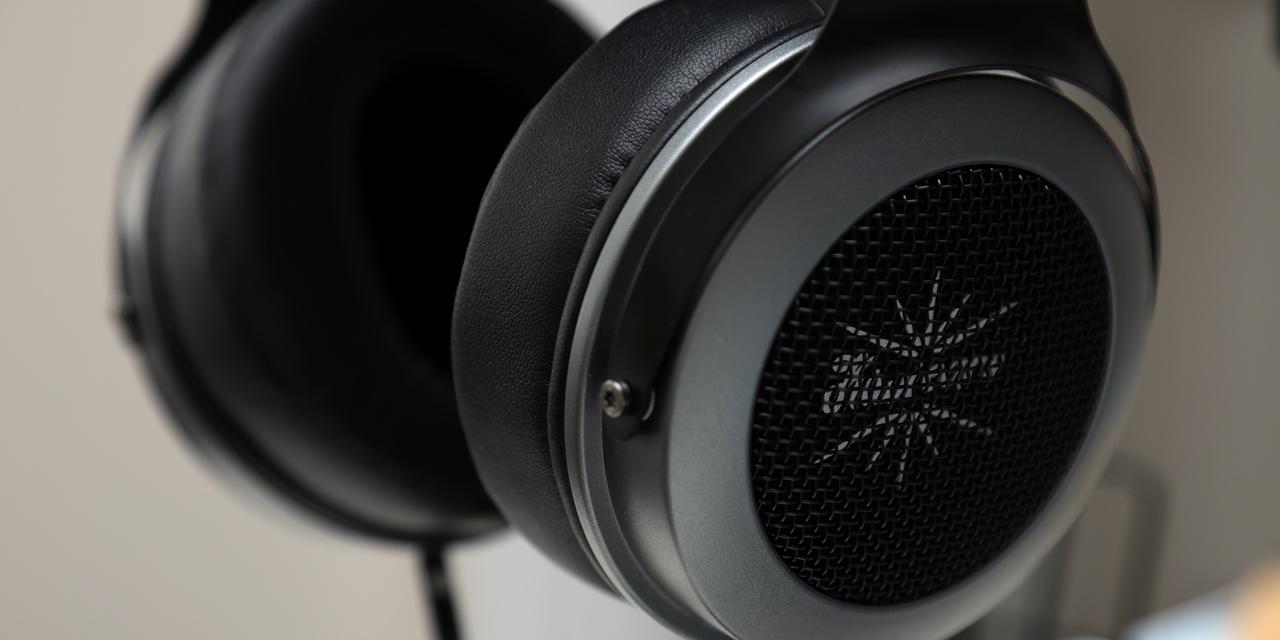Page 2 - Physical Look - Outside

The front panel is divided into two simple sections -- the top half and bottom half. The top half consists of two 5.25" drive bays, which occupies two-thirds of the right side; while a 3.5" bay sits vertically on the left side. Right below the 3.5" bay, you can find an USB 2.0 port, 3.5mm audio jacks, an USB 3.0 port, and an eSATA port, in that order. To the right is a metal mesh with Thermaltake's logo in the middle. If you look closely here, there is a dust filter right behind, used to prevent dust from entering your system -- due to the fact that there is a front mounted fan right behind this area. You will be able to see it clearly on the next page. On the far right side of the bottom half, you will then find a power button, as well as a reset button right underneath the power button. Thermaltake keeps the front panel design very unique yet simple in my opinion. The bottom half seems like it is dented in more on the right side, with its left and right side slightly sticking out.

As far as the side panels go, both sides are asymmetrical. At the back end of the side panels of the Armor A30, you will be greeted with a pentagonal-shaped window, with its tip pointing towards the front. Thermaltake also includes fairly large ventilation holes on the side panels, which is designed in a way that it wraps around the so called "tip" of the windows -- making it look awfully like an arrowhead. This design quite reminds me of the volume control slide on my Lamborghini keyboard reviewed by yours truly a little while back. Since the Armor A30 is geared towards mini-ATX and micro-ATX motherboards, you will find out very soon it would not matter too much how you cable your internals if you are not a cable enthusiast like myself. Most of your components will be block the view out anyway, unless you decide to put lights in, then your cabling job can be seen through the ventilation holes. Whatever the case may be, if you ever decide your cabling job does not matter all that much, you can at least do yourself a small favor and keep the wires away from the windows, so you can still show off your nice video card and heatsink.

Here is a shot of the top side of the Thermaltake Armor A30. As you can see in our photo above, the design here is almost asymmetrical. The only thing that is throwing it off are the slight angles on the edge near the front panel. The back half of the top side is occupied by a mesh area, with a whopping 230 mm blue LED exhaust fan sitting under the hood, and a series of ventilation holes sitting around it. The top fan comes with no dust filters, and knowing how dust likes to settle in, I'd like to see something here for such a big opening. Again, I will go over this in greater detail on the next page. There are also two triangular shapes on each side of the top panel, with a trapezoidal shape sitting between them. The trapezoidal area is slightly recessed into the top panel, which gives me a feeling that I could use it as a temporary tray when I decide to leave something on top of my computer if I run out of space everywhere else.

Much like the front panel, the back panel is divided yet again into both top and bottom halves. We are presented with a total of eleven thumbscrews on three of the four edges. Three of which hold the top panel in place, one locking the plate that covers the expansion card slots, one secures the removable power supply bay, and the rest are for the removable motherboard tray. On the bottom half, there is a standard opening for the motherboard I/O backplate. Just above that are two small 60 mm rear exhaust fans; followed by four ventilated expansion slots on the right. As aforementioned, there is a little plate that covers up the expansion card slots tightened in with a thumbscrew. Above the expansion slot area are more ventilation holes yet again. Last but not least, in the top left corner, is the power supply opening.

The bottom of the Armor A30 is actually quite simple. Here, we are not greeted by the standard bottom ventilation, because as you can see from the previous photo, the power supply is mounted near the top. What you will see, however, is that there is a groove right across the middle -- which looks like someone has decided to dig a trench to separate the case into front and back halves. You will soon find out this is used to support the end of the removable motherboard tray. Of course, there are also four round plastic feet at each of the corners of the case.
As far as physical construction quality is concerned, I found the Thermaltake Armor A30 is a solidly built compact chassis, considering its size. All the edges are slightly rounded off; nothing feels flimsy, and most important of all, nothing is cutting-edge sharp. Overall, everything is smooth and clean cut to the spot. Consumers like myself will greatly appreciate such quality work in terms of build, as none of us like getting hurt while building your own chassis -- unless you're... uhh... for a lack of better word, emo.
Page Index
1. Introduction, Packaging, Specifications
2. Physical Look - Outside
3. Physical Look - Inside
4. Installation and Conclusion





